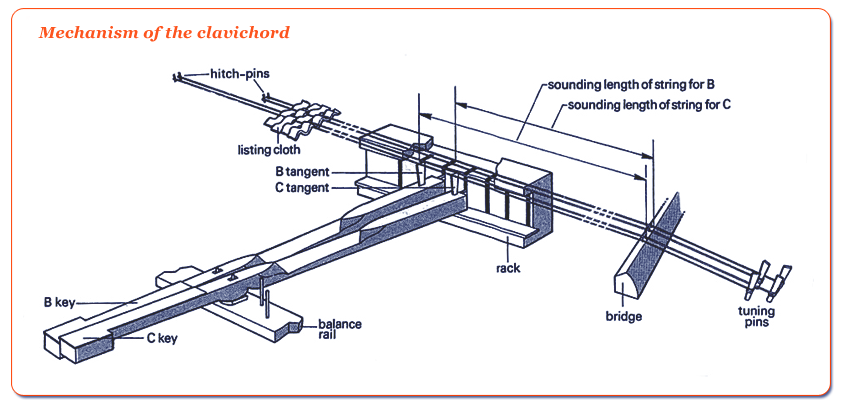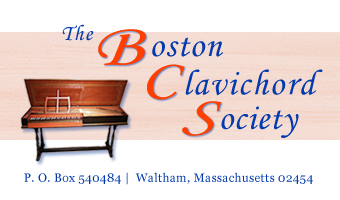What is a Clavichord? A brief description by Alan Durfee

The following paragraph is from the chapter on the clavichord in The New Grove Musical Instruments Series: Early Keyboard Instruments, written by Edwin Ripin and revised by Howard Schott:
The clavichord is the simplest and at the same time the most subtle and expressive of those keyboard instruments whose sound is produced by strings rather than by pipes. It is clear from both pictures and writings that clavichords not too unlike those that are known from surviving examples were in existence in the early years of the 15th century. The clavichord was used throughout western Europe during the Renaissance and in Germany until the early 19th century, but for most of its long history was primarily valued as an instrument on which to learn, to practise and occasionally to compose. There seems to have been little or no recognition of the clavichord’s special capabilities before the beginning of the 18th century and no music specifically composed for it before the mid-18th century. At that time a large body of music written particularly for the clavichord or alternatively for the clavichord and the relatively new fortepiano began to be composed in Germany, where the clavichord was still quite common. Some of this music is highly demanding, but much of it was composed for amateurs of modest capabilities and is accordingly far easier to play.
Depressing the key causes a thin piece of metal (the tangent) to rise and strike the string. The tangent also acts as a fret, and the note sounds until the key is released. This simple mechanism allows the player to have extraordinary control over the volume, color, attack and release of the tone. The following diagram is from the book above:

The clavichord has many advantages: The instrument is small, occupying far less space than a harpsichord or piano. It is quiet, allowing late-night practicing without disturbing others in the house. The mechanism is simple and easy to maintain. And above all, it’s fun to play!







 Clavichord by Clifford Boehmer
Clavichord by Clifford Boehmer